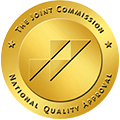 So you are not using drugs or alcohol anymore, now what? Maintaining abstinence from drugs and alcohol is a huge transition for addicts, however, just like addiction is much more than the drug itself, abstinence alone won’t support sobriety. The entire foundation of the diseased system must be rebuilt and the addict must under-go a social and emotional Spring Cleaning.
So you are not using drugs or alcohol anymore, now what? Maintaining abstinence from drugs and alcohol is a huge transition for addicts, however, just like addiction is much more than the drug itself, abstinence alone won’t support sobriety. The entire foundation of the diseased system must be rebuilt and the addict must under-go a social and emotional Spring Cleaning.
In active addiction, an addict’s foundation consists of people, places, and things that enable the addict to continue their use without disruption—friend’s or intimate partners they use with, dealers, places they go to pick up, places they go to get/be high, the food they eat, the clothes they wear, the way they talk, the people they associate with. The addict’s foundation is also formed by the way they are in relationship to their family and loved ones—mom becomes the one they lie to, dad the one they have to avoid, sister the one who will cover for them, etc.; lying, manipulation, and lack of boundaries become second nature. All these components make up a way of living for the addict that becomes synonymous with using drugs.
In sobriety, although abstinence is the first and arguably the most important building block, all the other components of a “high” life must change in order to support a sober one. That means that new habits must be formed in all aspects of the addict’s life—social, spiritual, environmental, intellectual, physical, and emotional.
Shifts in these behaviors are embedded in most treatment programs and in the 12-step approach as well. Sober supports and A-teams are put in place to surround the addict with people who value and understand the importance of abstinence and sobriety and who can engage with the addict in engaging in sober recreational activities. The recovering addict cultivates a new relationship with their Higher Power, for some for the first time, inviting a trust in something greater than themselves into their everyday life. Environmentally, addicts are encouraged to develop relapse prevention plans which help them avoid place and things that remind them of using or, if unavoidable, develop a plan to stay safe while exposed to those triggers. Intellectually, recovering addicts radically learn how to think differently—how to challenge their negative beliefs, reality test their thoughts and implement new, strength-based ways of thinking. Addicts in early recovery also benefit from re-engaging their minds which have been sorely under stimulated during active addiction. Physically, it is important for addicts to learn how to tend to their bodies which they have caused harm to. This means learning to nourish themselves with food and finding an exercise routine that keeps their bodies engaged. And, lastly, emotionally. In order to support new recovery, addicts must learn to feel in a new way. In addiction, addict’s had a negative feeling and simply got high. In early recovery, addicts must learn how to care and soothe themselves and ask for help from those around them. Addicts do not have the luxury of “being emotionally checked out,” they must implement self-care and time to connect with their emotional internal world on a daily basis.
In early sobriety, there are a couple reminders that will help an addict make sure their foundation will be a supportive one. First one, Opposite Action. If you notice that you are about to engage in a behavior you did while in active addiction, do the opposite. If you want to isolate, call a friend. If you want to procrastinate an assignment, make an action plan. If you want to cover up a lie with another one, get honest. Chances are your addict brain has turned on and is trying to convince you your old way of doing things will be just fine. Fight it. Do the opposite.
The second thing to remember is it is a lot harder to stop doing something, than it is to start doing something new. If you find yourself stressing out about not talking to an old using friend or struggling with not eating candy—replace it with the thing you want to be doing. Call you new friend or sponsor instead. Get excited about something you want to eat that you love. The more I say “I want to stop smoking,” the more I am thinking about smoking. If I instead say to myself “I want to take care of my body. I’m going to chew this nicotine gum instead,” I allow my brain to shift toward the goal rather than the undesired behavior.
Last trick—before you make a decision in early recovery find three people you trust to tell you the truth and whose recovery or life you admire and ask them their opinion. If they are support you, move forward. If one person doesn’t, use it as a signal to stop and rethink.
The tools will help an addict as they begin to rebuild their recovery foundation from the ground up and bring in a whole new set of habits to support a new and improved life.


